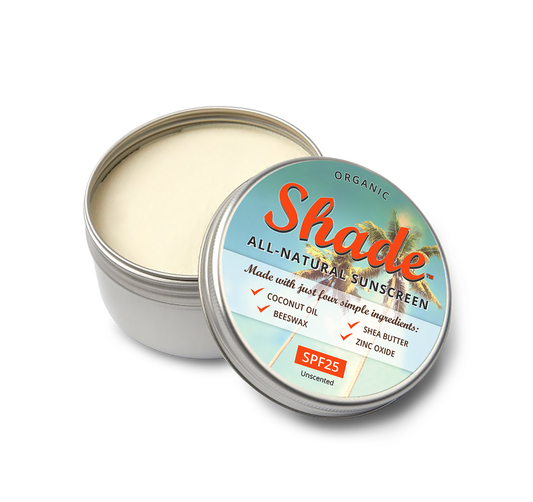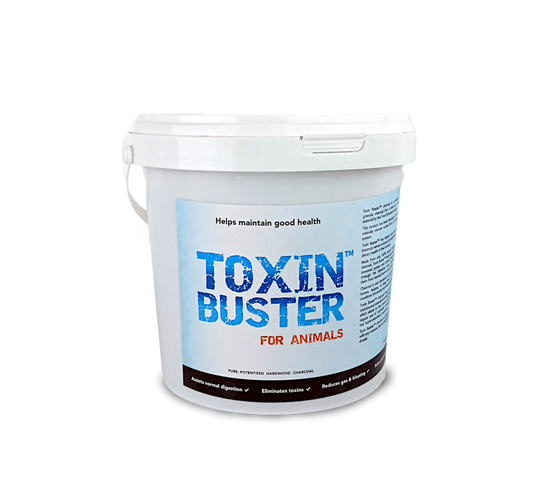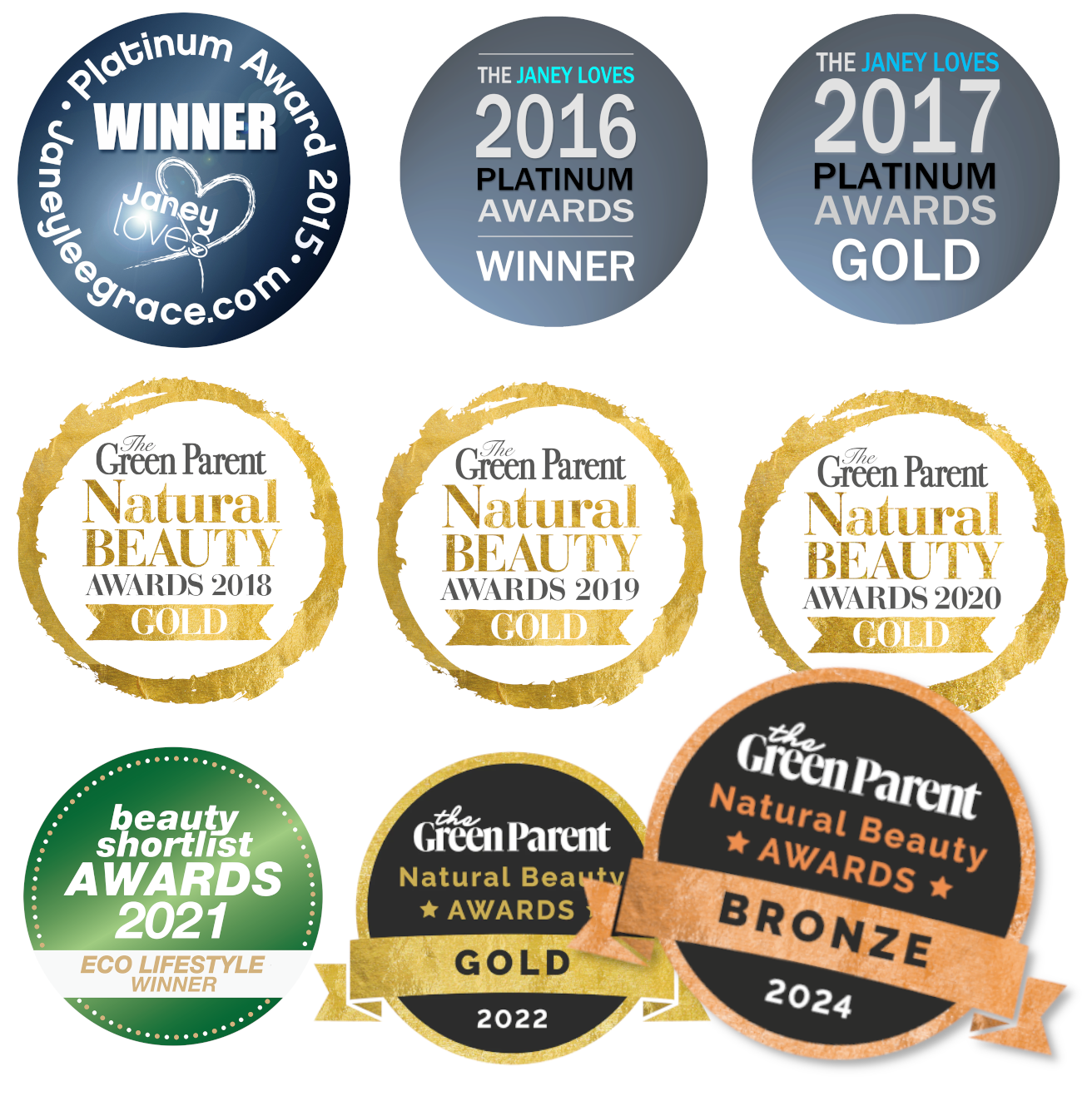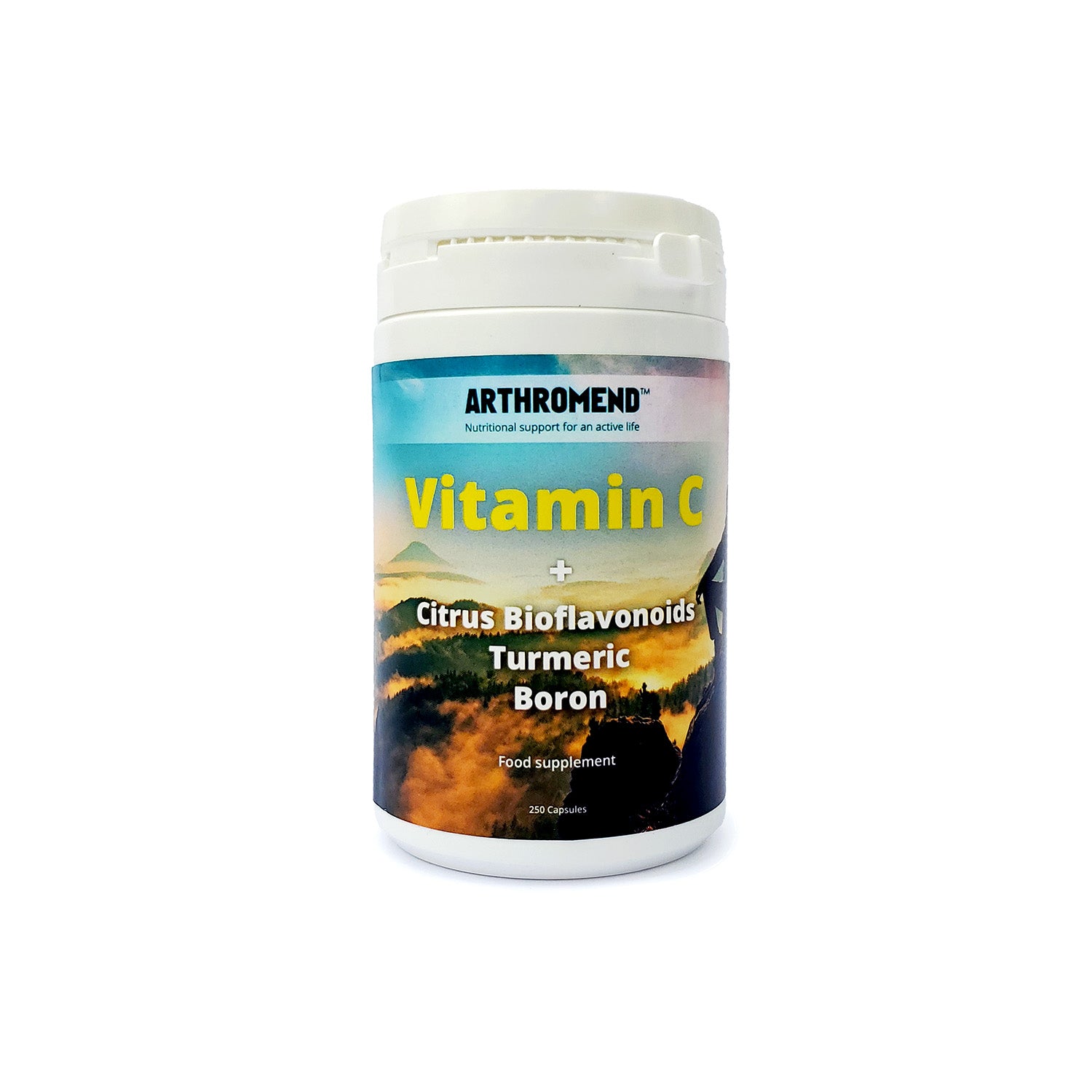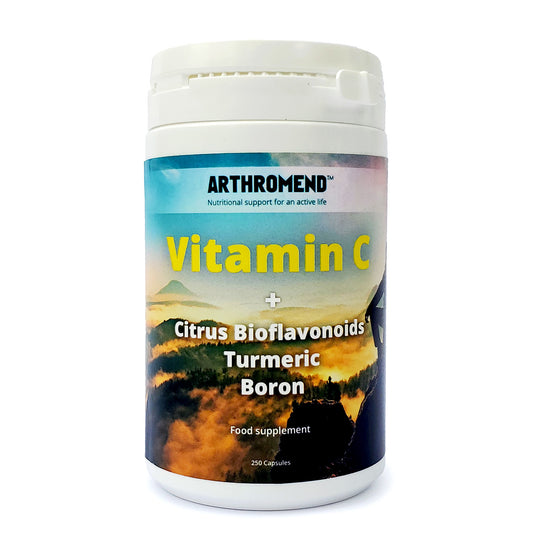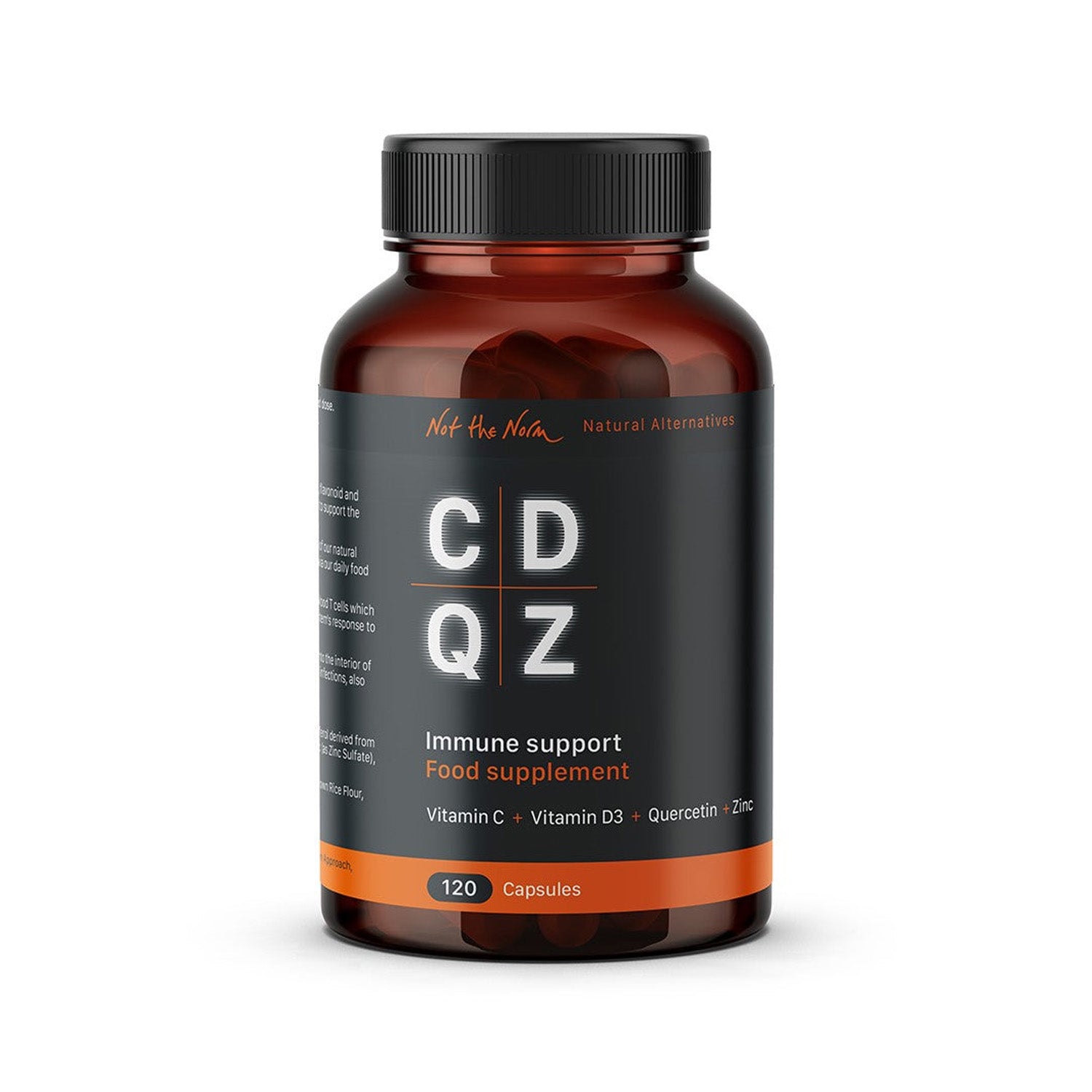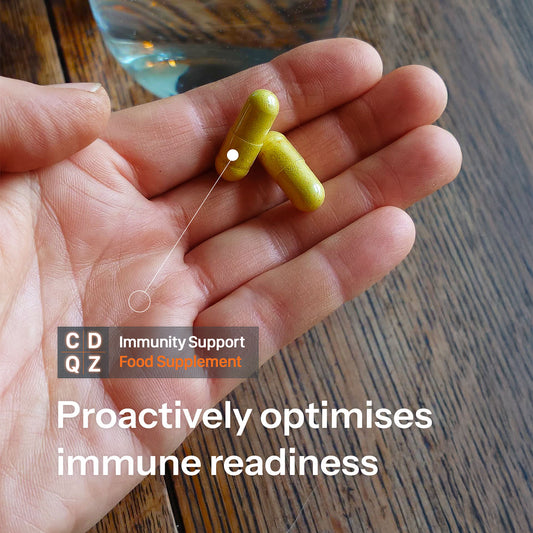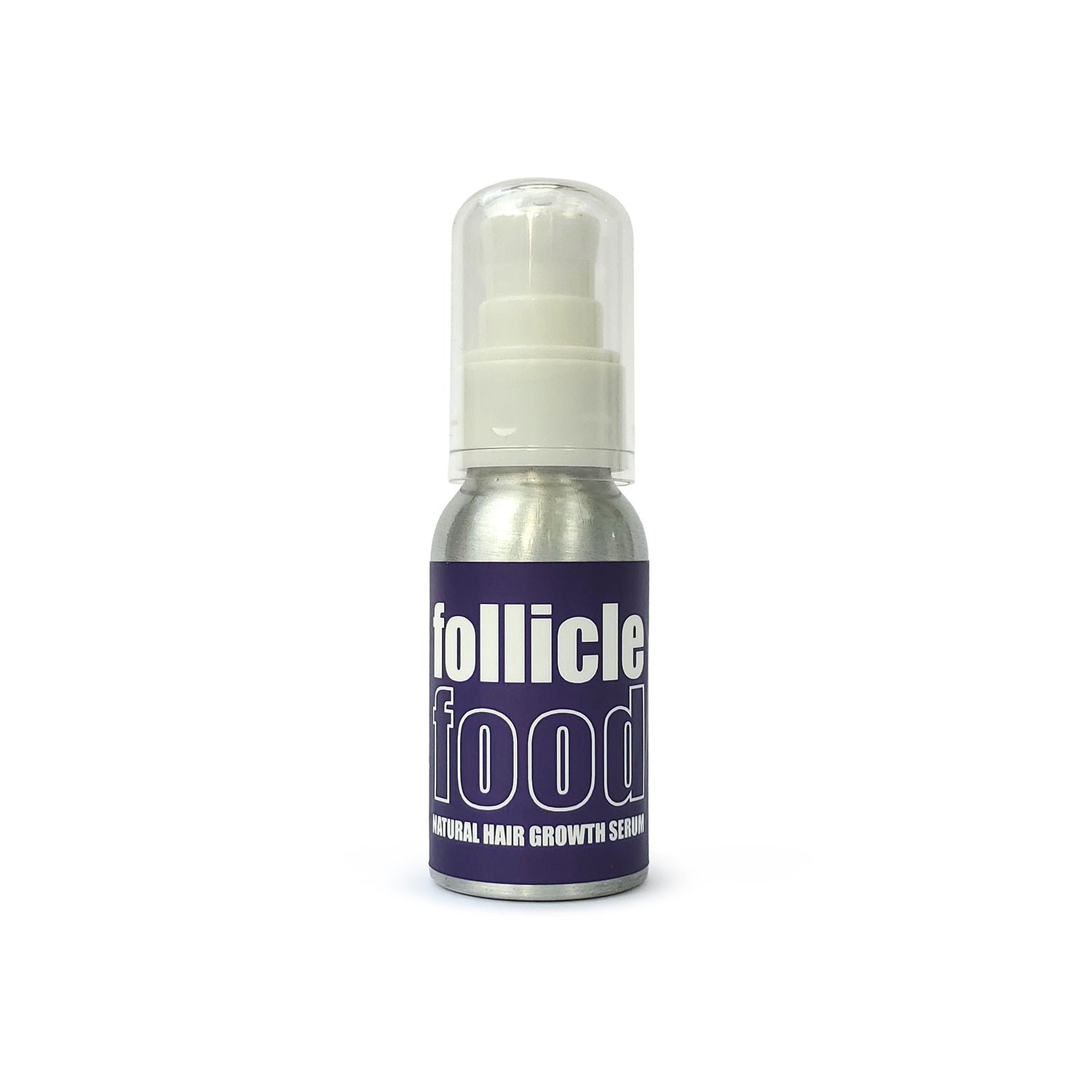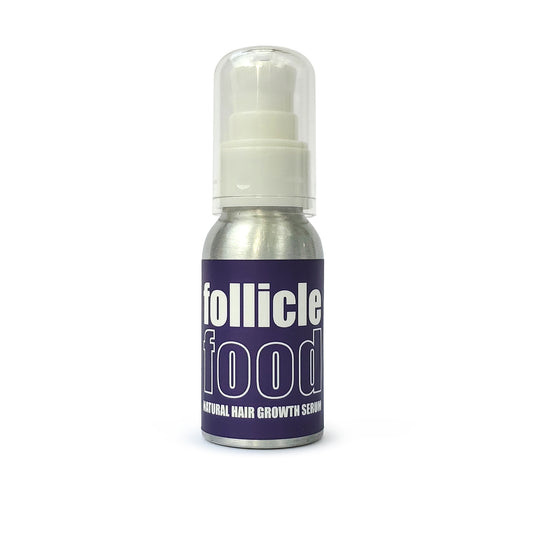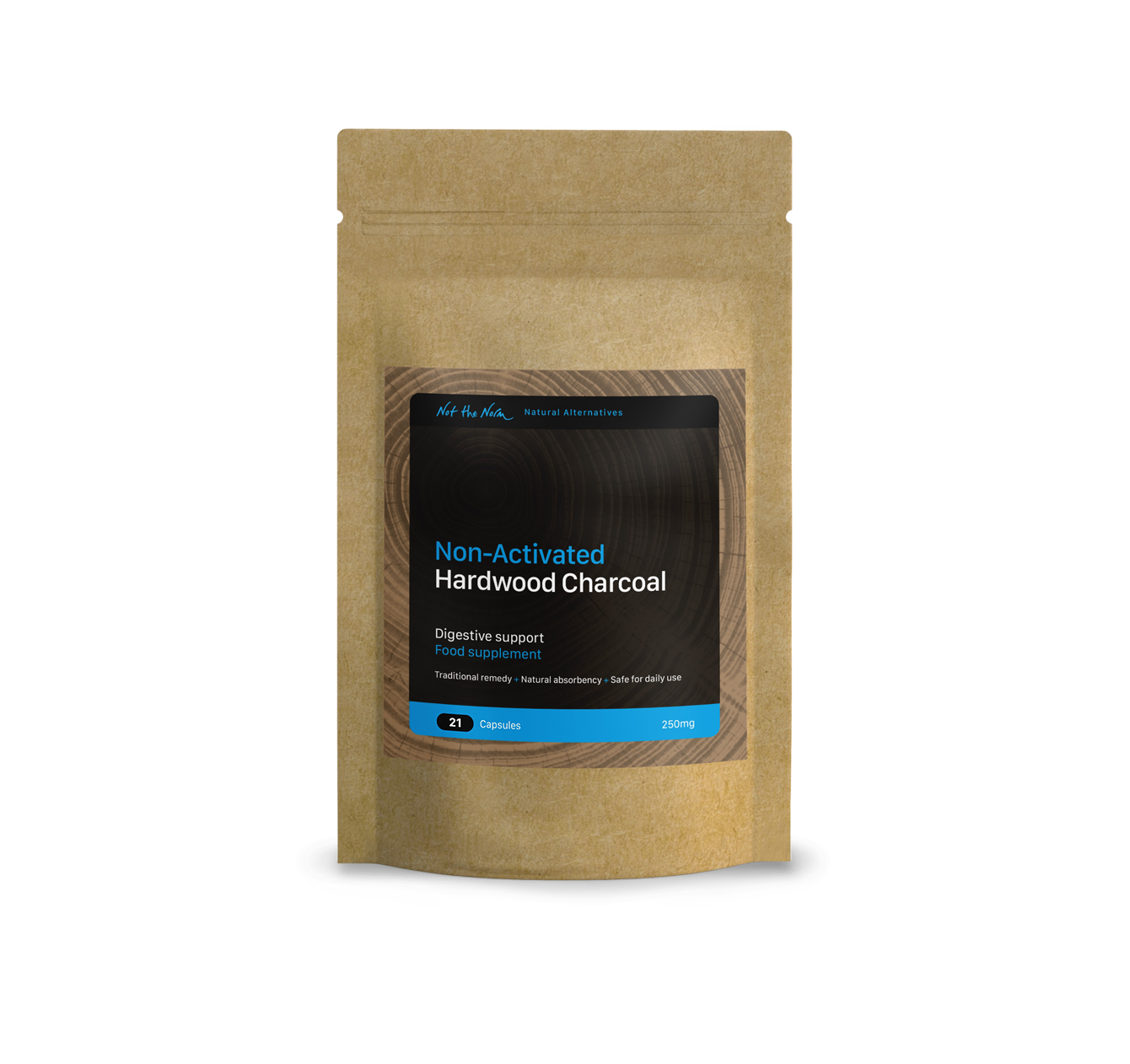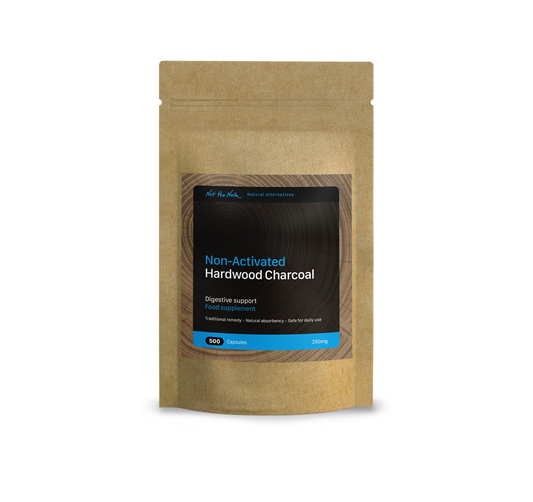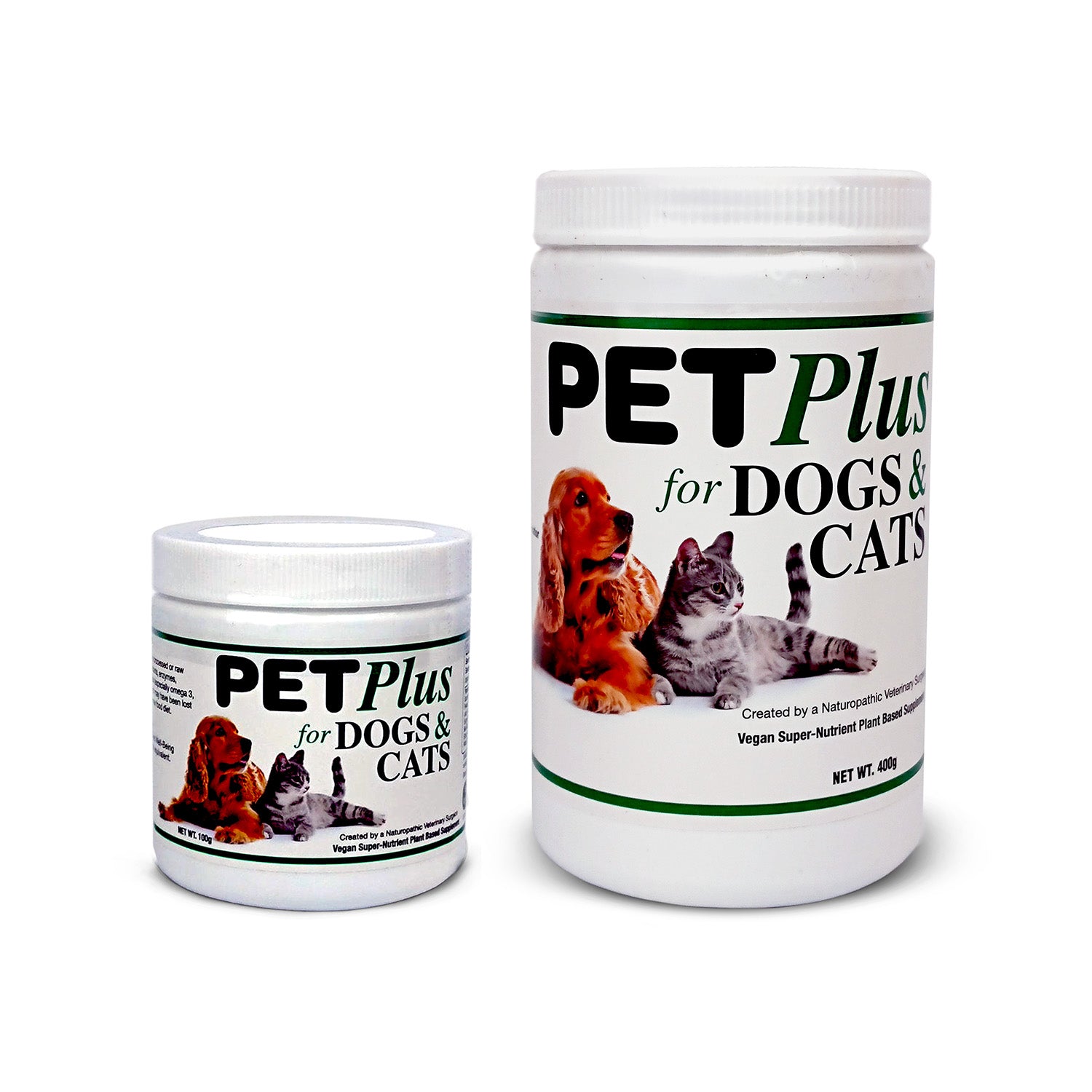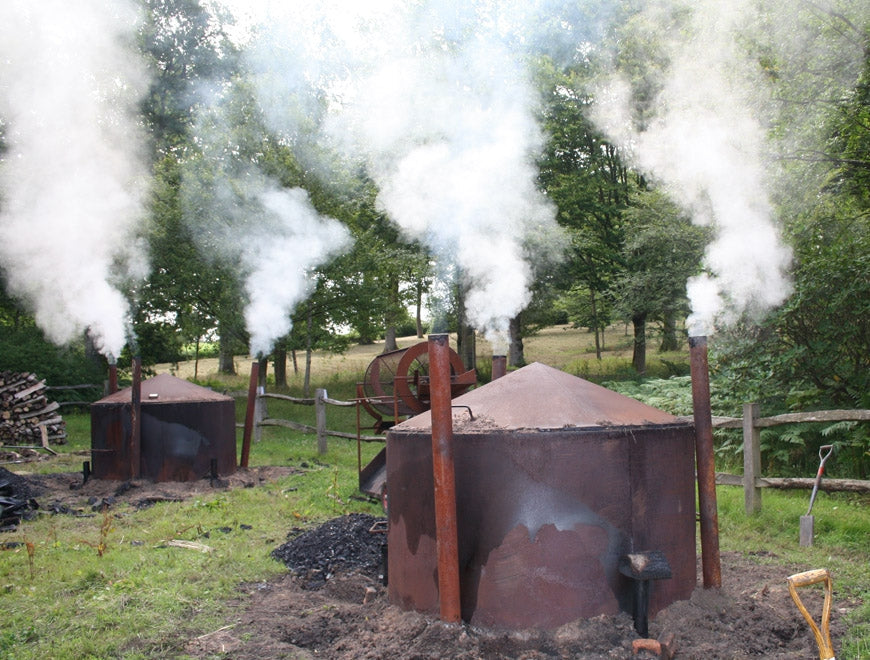Despite the devastation caused by wildfires, they leave behind an incredible substance renowned in history for its healing powers. While the immediate impact is destructive, the aftermath of wildfires can reveal the presence of valuable resources that have been used for healing purposes.
For centuries, charcoal has been a trusted remedy used by both humans and animals. This powerful substance is renowned for its detoxifying properties, capable of purifying your body like nothing else.
Albeit a remnant of an incredibly destructive power, there is nothing remotely dangerous about charcoal. Quite the contrary, it is a life saver. Still today a charcoal drink is the go-to treatment in emergency rooms after a suspected overdose or poisoning. Centuries’ worth of evidence speaks of the many beneficial qualities of charcoal. It is natural, safe, non-toxic and relieves several ailments including drug overdose, poisoning, stomach disorders and high blood cholesterol. One study carried out using rat models even suggests the ability of charcoal to increase the lifespan of mammals by 43%.
Purposefully Eating Dirt?!
Charcoal may seem unappetizing, but eating non-food materials such as charcoal and clay is a practice that can be observed throughout the world. This seemingly unnatural behaviour can be explained scientifically. Since ancient times, animals and humans have relied on charcoal to counteract the ill-effects of harmful materials that have been ingested, intentionally or otherwise. This is especially the case for wild animals and ancient peoples who had to depend upon limited food resources. The diet of charcoal-eating animals includes a variety of plants that contain a high amount of phenolic and other harmful compounds that interfere with their digestion. Studies have confirmed that ingested charcoal render these toxins harmless once inside their guts.
Animals knew the medicinal properties of charcoal before man and many species of wild beast are known to eat charcoal resulting from bonfires or lightning strikes. Many scientific studies exist to confirm these observations, the most quoted case of this phenomenon is of the Red Colobus monkeys on Zanzibar Island in Africa, which is the only primate other than humans that is reported to demonstrate this behaviour. However, many other animal species dwelling in natural habitats, including deer, wild ponies, camels and Okapis have been known to eat charcoal. Many domestic animals and birds such as dogs, cats, horses and chicken are also known to eat charcoal at times.
Age Old Wisdom
Our prehistoric ancestors have also been discovered to follow this unusual practice of eating charcoal. Fossilized excretions of the Neanderthals have been found to carry traces of ingested charcoal, and there is evidence to believe that Native American Indians used ground charcoal mixed with water as a remedy for digestive disorders. Aborigines were reported to use charcoal powder to heal their wounds. The first recorded history of consumption of charcoal for medicinal uses dates back as far as 1500 BC. Egyptian papyri reveal the use of charcoal to treat decaying wounds and intestinal disorders. Records of Hippocrates and Pliny in 400 BC also provide information on the use of charcoal to treat a variety of diseases including epilepsy and anthrax. These accounts - both anecdotal and otherwise - sparked an interest in the medicinal properties of charcoal amongst the modern scientific community.
Even lives have been bet on it
Determined to prove the antidotal power of charcoal, two French scientists did just that! One is M. Bertrand, a French chemist who in early 1813, swallowed charcoal along with Arsenic trioxide - a deadly poison. So strong was his faith in the detoxification power of charcoal that he believed charcoal would help him survive the lethal effects of poison. And survive he did.
The second scientist was one Pierre Fleurus Touery, again French, who performed as daring a demonstration before the French Academy of Medicine in 1852. He gulped down an equally lethal poison, strychnine mixed with charcoal. Despite the fact that he swallowed an amount ten times higher than the lethal dose, he survived the stunt unscathed.
However, it took almost another decade for charcoal to be accepted widely by the medical practitioners as a ‘universal antidote”. A review published in the Journal of Paediatrics in 1963 named ‘The black bottle’ by Holt et al owns the credit for that9. Since then the reputation of charcoal as a remedy for toxin ingestion has been spreading like wildfire – excuse the pun!
Charcoal, a Block of Black Magic
Being chemically inert, the therapeutic capacity of charcoal solely depends upon its ability to physically trap other substances. Due to its elemental nature, charcoal can bind to other compounds including various toxins, organic materials, gases, and even microorganisms.

The Science Behind the Magic
A piece of charcoal may look and feel solid in your hands. Yet it posesses a labyrinth of microscopic pores and tunnels that are invisible to the naked eye. When a piece of carbon-rich material - usually wood - is burnt at a temperature as high as 1000 degrees Celsius, all of its components except carbon turn into vapour. The high pressure building-up inside the solid material drives these vapours out, leaving behind a carbon skeleton that is highly porous. Once within our body, charcoal binds with toxin particles forming a stable toxin-charcoal complex. This complex is larger than the microscopic channels in the gut walls through which the free toxin particles would easily pass. Therefore the absorption of toxins through gut membranes is restricted. Since the foreign particles are safely concealed within the pores of the charcoal structure, they do not get a chance to harm our tissues. This in turn prevents enzymes reacting upon the toxins thus eliminating the risk of poisons being metabolised and harming the liver tissues.
The following illustration will help you understand this better. Since our bodies cannot a bsorb nor break down charcoal, it is then excreted through our stools along with the toxins they are carrying. As a result, the poisons are safely driven out of our systems before they get a chance to harm us. The porous nature of the charcoal structure increases the surface area available for adsorption thereby enhancing the rate and capacity of detoxification by many folds. A piece of charcoal can adsorb up to two hundred times its own weight in toxic and pathogenic material! Charcoal acts as a powerful oxidising agent as well. It contains a large amount of oxygen within the microscopic holes of the carbon structure.
bsorb nor break down charcoal, it is then excreted through our stools along with the toxins they are carrying. As a result, the poisons are safely driven out of our systems before they get a chance to harm us. The porous nature of the charcoal structure increases the surface area available for adsorption thereby enhancing the rate and capacity of detoxification by many folds. A piece of charcoal can adsorb up to two hundred times its own weight in toxic and pathogenic material! Charcoal acts as a powerful oxidising agent as well. It contains a large amount of oxygen within the microscopic holes of the carbon structure.
These oxygen molecules react with most foreign materials oxidising and converting them into harmless matter. This property is particularly useful in nullifying toxins found in our gut.
Antimicrobial properties of charcoal are well known as well. Charcoal can arrest and suppress disease-causing bacteria, fungi and viruses. While the widest use of charcoal as an antimicrobial is in water purification, we can safely assume that it will do the same thing inside our systems.
Artificially 'Activated' (Medicinal) versus Naturally 'Active' (or Potentised)
Natural charcoal remaining after the forest fires was what healed ancient men and animals. Looking back at the evidence piled up throughout the centuries, one can hardly doubt its effectiveness. The modern man however, driven by the desire to make everything better and fast, has found ways to “activate” a substance already active. “Activated” charcoal is produced by treating charcoal with steam, hot air or chemicals. This treatment eats away the carbon structure, increasing the number of pores in the process. This results in a greater surface area for adsorption. The more pores there are the more activated the charcoal is. Accordingly we can now find activated and superactivated charcoal on the market.
Super Powers Turned Bad
These “activated’ and “superactivated” charcoals claim to have such super adsorptive powers that they can rapidly trap greater amounts of materials. This claim is true. These greedier versions of benign ‘natural’ charcoal can arrest more toxins in lesser time. But there is a catch. Adsorptive action of this charcoal is non-selective; meaning that it cannot tell apart a vitamin molecule from a toxin. Therefore they will remove not only toxins but most of the essential nutrients such as minerals and vitamins as well. They will also damage those friendly microbes in our gut who help us with digestion and disease control. You can thank their so-called “super power” for that!
Natural is Best
Of course this doesn’t mean that you have to hunt down pieces of natural charcoal after a wildfire. Now you can find a purer form of naturally active charcoal in a more appealing package. Pure, Non-Activated Hardwood Charcoal capsules contain pure hardwood charcoal which is produced in a more methodical manner and which has been potentised using a special process unique to our supplier. They are gentler than the commercial “activated” charcoal and safer for long term, daily use. This naturally active charcoal works at a more natural pace with the body, thus supporting and not suppressing your immune system. You can use it daily without experiencing any short or long term side effects.
Choose pure natural hardwood charcoal to detox safely, gently, daily.
For an Introductory Discount on Pure, Non-Activated Hardwood Charcoal Enter Code FB1211TBP
Further reading
Engel, Cindy. Wild health: lessons in natural wellness from the animal kingdom.
Struhsaker, Thomas T., David O. Cooney, and Kirstin S. Siex. "Charcoal consumption by Zanzibar red colobus monkeys: its function and its ecological and demographic consequences." International Journal of Primatology 18.1 (1997): 61-72.
Dinsley, John. CharcoalRemedies.com: the Complete Handbook of Medicinal Charcoal and Its Applications. CharcoalRemedies.com, 2005.
Irwin, Richard S., and James M. Rippe, eds. Irwin and Rippe's intensive care medicine. Wolters Kluwer Health, 2008.
Yatzidis, Hippocrates. "Activated charcoal rediscovered." British medical journal 4.5831 (1972): 51.
Lapus, Robert Michael. "Activated charcoal for pediatric poisonings: the universal antidote?." Current opinion in pediatrics 19.2 (2007): 216-222.
Altman, Lawrence K. Who goes first?: The story of self-experimentation in medicine. University of California Pr, 1987, Pp 97-98.
Holt Jr, Emmett, and Peter H. Holz. "The black bottle: A consideration of the role of charcoal in the treatment of poisoning in children." The Journal of pediatrics 63.2 (1963): 306-314.
Historical production and use of carbon materials. http://www.caer.uky.edu/carbon/history/carbonhistory.shtml. [Accessed 16 November 2013]
Lucas, G. H. W., and V. E. Henderson. "The value of medicinal charcoal (Carbo Medicinalis CF) in medicine." Canadian Medical Association Journal 29.1 (1933): 22.
Neuvonen, P. J., et al. "Activated charcoal in the treatment of hypercholesterolaemia: dose-response relationships and comparison with cholestyramine." European journal of clinical pharmacology 37.3 (1989): 225-230.
Frolkis, V. V., et al. "Effect of enterosorption on animal lifespan." Artificial Cells, Blood Substitutes and Biotechnology 17.3 (1989): 341-351.
Bird, J. "Vegetable Charcoal: Its Medicinal and Economic Properties, with Practical Remarks on Its Use in Chronic Affections of the Stomach andBowels." John Churchill. London (1857).
Williams, Cheryll. Medicinal Plants in Australia Volume 4: An Antipodean Apothecary. Rosenberg Publishing, 2013.
Bisson, Matthew G., Cody B. Scott, and Charles A. Taylor Jr. "Activated charcoal and experience affect intake of juniper by goats." Journal of Range Management (2001): 274-278.


